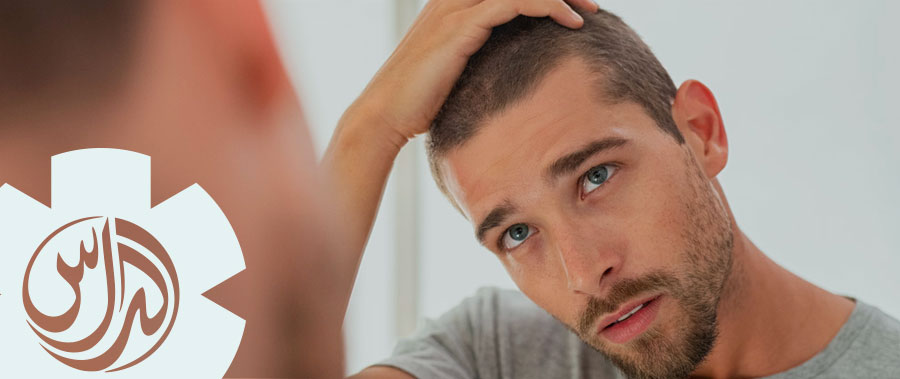
Hair loss, also called alopecia, is a medical condition that can affect both scalp and the entire body. Hair grows on each part of the body except on the palms of our hands and soles of our feet. There are between 100,000 and 150,000 hairs on the head of an average adult, and it’s completely normal that approximately 100 hairs fall off on a daily basis as they are replaced by new ones. Hair loss affects both men and woman, and it occurs even in children. There are numerous causes of this widespread hair disease, but only some of them lead to permanent hair loss.
Several factors contribute to hair loss, and among the most common are:
- Genetic predisposition. It is the most common hair loss cause and it causes male or female-pattern baldness. In men, it’s usually characterized by a receding hairline and bald spots, while women experience hair thinning.
- Hormonal changes. Hormonal imbalance that occurs during pregnancy, childbirth or menopause can lead to temporal hair loss. Thyroid gland is also responsible for hormonal changes, and sometimes thyroid issues are the culprit behind this hair disease.
- Medical conditions. Various diseases such as lupus, diabetes, anemia, depression, or eating disorders can trigger hair loss which is usually only temporary, except in certain types of lupus.
- Cosmetic procedures. Hair bleaching, dyeing, perms and similar cosmetic procedures damage hair and can cause hair loss. Still, unless these procedures scar or damage the scalp severely, the hair usually grows back.
- Cancer drugs and chemotherapy, as well as medications used for treating heart diseases, depression and arthritis can also lead to hair loss.
- Scalp infections. Ringworm and similar fungal, as well as bacterial, infections lead to temporary hair loss, but the hair grows back after the infections have been treated.
It’s important to stress that there are numerous other factors that can trigger hair loss, for example stressful events, diets, autoimmune diseases or injuries.
- Progressive hair thinning that affects both man and woman which is usually a sign of ageing;
- Hair falling out in small patches or circular shapes;
- Scalp scaling, redness and itching caused by ringworm
- Loss of all body hair, known as alopecia universalis, including eyelashes and eyebrows. It’s considered to be the result of an autoimmune disease.
We should bear in mind that although hair loss can be treated, certain types o this hair disease are incurable meaning that hair can never grow back. When it comes to treatment, patients can try medications, laser therapy or surgery. Two drugs, minoxidil and finasteride, are available. Minoxidil is an over-the-counter topical solution that is applied on the scalp. It might be efficient to a certain extent, as in some cases hair grows back, while in others hair loss is slowed down.
Finasteride is an orally administered prescription drug that only men use. It can also bring about certain improvements and reduce hair fall. Laser therapy is mainly used for pattern baldness and according to research this kind of treatment shows successful results without reported side effects so far. Hair transplant surgery is also efficient hair loss treatment although there are certain disadvantages since it can be very painful lead to infections and scars.
If you notice that your hair is falling off excessively or in patches, it’s advisable to see your doctor. Our clinic offers the best treatment for hair loss, so call us and make an appointment.
Besides the standard treatments, excellent results can be achieved with PRP, Needle-free PRP and Mesotherapy. Our experienced dermatologists can run appropriate tests and suggest successful treatment.
Book a visit 04 452 9998 or by filling the online form